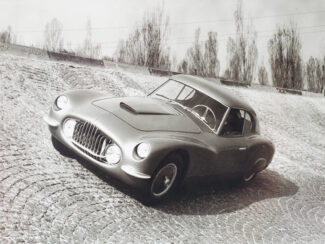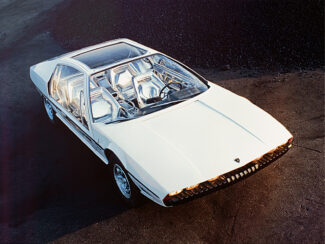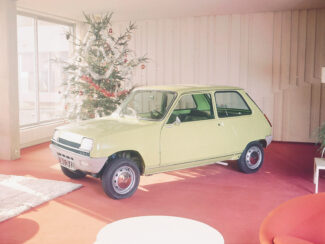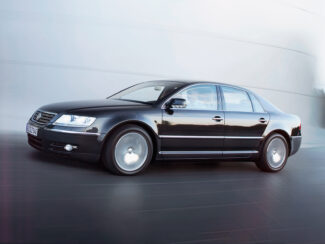
Ford Puma

At the GIMS 1997, Ford presented the Ford Puma.
In the mid-1990s, Opel launched the Tigra, a small sporty coupe in the B-segment, based on the Corsa. Except for the Honda CRX since 1983, the segment didn’t exist. It was not until 1997 that the competition started to show up, led by Ford with its Puma based on the Fiesta (Mk IV) platform.
Under the direction of Ian Callum, Ford designers gave the Puma a dynamic look that was perfectly in line with Ford’s ‘New Edge’ styling trend at the time. Under the bonnet, engineers developed a 1.7-litre engine specifically for the Puma, with variable valve timing and Nikasil-coated cylinders.

The production of the engine was complex: the raw blocks machined in Spain were then sent to Yamaha in Japan to be coated with Nikasil and assembled. They were then shipped to Cologne, Germany, to be fitted into the Puma. This block develops 125 PS and will be increased to 155 PS on the limited edition Ford Racing Puma (or ST160).
The Ford Puma was enthusiastically received by the press, who did not hesitate to call it a true sports car. Its chassis, whose development was overseen by Sir Jackie Stewart, was one of the best in its class.

However, the Puma’s concept and its limited interior space made it a niche car. Between 1997 and 2001, 133,000 Pumas were sold in Europe only, including 500 units of the Ford Racing Puma, unveiled at GIMS 1999 as «ST160 Concept», with a mechanical preparation designed by the Ford Rally Team and built by Tickford. This limited series was reserved for the UK market.
The Ford Street Ka, launched in 2001, replaced the Puma in the Ford line-up. In 2019, the Puma name reappears in the Ford catalogue; although still based on the Fiesta platform (Mk VII), the new Puma this time takes the form of a compact SUV. It is available with various mild-hybrid engines with 125 and 155 PS, as well as a sporty “ST” version with 200 PS.













